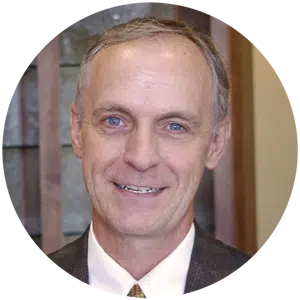Young space commanders
The most famous mission LASP controls is Keppler, a NASA mission that looks for planets going around other stars. To date, Keppler has found 2,740 potential planets orbiting 2,036 stars, many of those Earth-size planets. Twenty professionals and 20 students support operations at mission control.
Working at the…
THIS ARTICLE IS FOR SUBSCRIBERS ONLY
Continue reading for less than $3 per week!
Get a month of award-winning local business news, trends and insights
Access award-winning content today!

